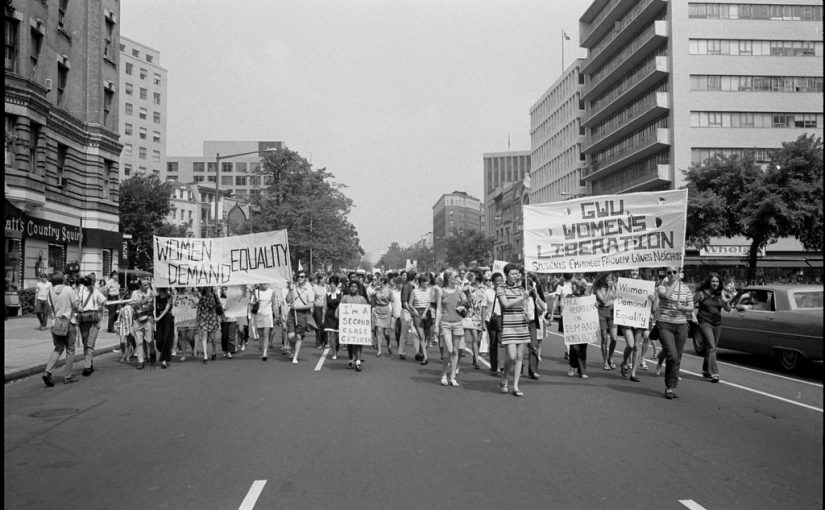“‘The mistress of American families, whether they like it or not, have the duties of missionaries imposed upon them by that class from which our supply of domestic servants is drawn.’ in this metamorphic economy the kitchen become and uncivilized space, the women who worked within it unfinished or uncooked, the project of running a home was metonymic of the civilizing work of empire”
Tompkins examines the eighteenth-century hearth and its evolution into the nineteenth-century kitchen. She unpacks the ways in which the hearth became characterized as a household hub for socializing as well as a place of dirtiness and contamination. As the hearth was replaced by cleaner and more efficient cooking technologies, Tompkins inspects attitudes that romanticized the space of the hearth and grieved through the transitional era of household stoves. She exposes how the kitchen was a divisive space that established gendered domestic responsibilities, as well as class hierarchies and racial duties. The American ideal of gendered domestic roles represents centuries of patriarchal oppression. Tomkins explains how cooking granted women a certain degree of power in society, through turning raw ingredients into sustenance, establishing the labor to be as essential as the food itself. The kitchen simultaneously became a space of citizenship and selfhood, as well as a tool for nation building, imperial expansion, and racialized servitude.
“So important were spices, they famously launched Christopher Columbus around the world, as he searched for a route to the Indies on behalf of the Spanish monarchy. And most important for Americans, this spice lust led to the discovery of the New World without which the following chapters about markets in New York and Chicago would be nonexistent.
According to Henry Hobhouse: “The starting point for the European expansion out of the Mediterranean and the Atlantic continental shelf had nothing to do with, say, religion or the rise of capitalism but it had a great deal to do with pepper.” (Newman,19-20)
Newman offers an interesting review of the history of commodity spice markets, and how peppercorns have been used as a tool of commerce and their function in society as currency. It is interesting to think that the European “discovery” of America was through the pursuit of more flavorful spices and that the financial market we know today was built through the trading of spices. The colonization of the Americas and spice based financial structuring is evocative of the ways in which kitchens were used as a tool for nation building and imperial expansion, mentioned in my examination of the Tompkins text.
“Women-led marches took place in over 600 locations spread across seven continents—including Antarctica. In addition to Washington, massive protests took place in Boston; Chicago; Denver; Los Angeles; Madison, Wisconsin; New York; Oakland; Portland, Oregon; St. Paul; San Francisco and Seattle. According to one count, as many as 4.6 million people took part in the global day of action.”
The fight continues to transform society and gender inequality. Trump threatens the progress that has been made by the women’s rights movements and embodies harmful sexist values that are reminiscent of the misogyny that got us into this mess so many years ago.
Works Cited:
“Women’s March on Washington: Historic Protest Three Times Larger Than Trump’s Inaugural Crowd.” Democracy Now! Accessed January 24, 2017. https://www.democracynow.org/2017/1/23/womens_march_millions_take_to_streets.
Newman, Kara. The Secret Financial Life of Food: From Commodities Markets to Super Markets. New York: Columbia University Press, 2013. Print
Tompkins, Kyla W. Racial Indigestion: Eating Bodies in the 19th Century. New York and London: New York University Press, 2012. Print
